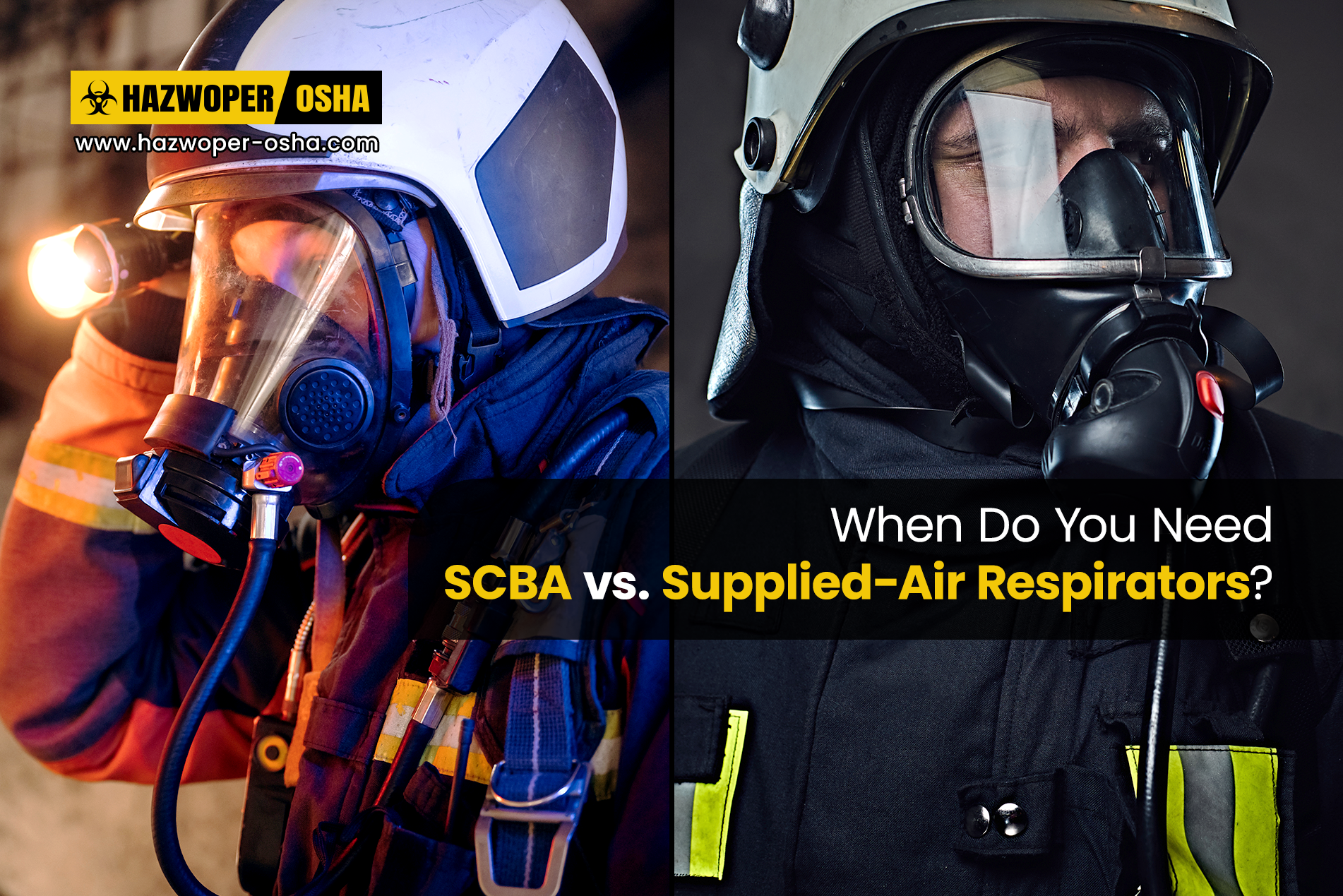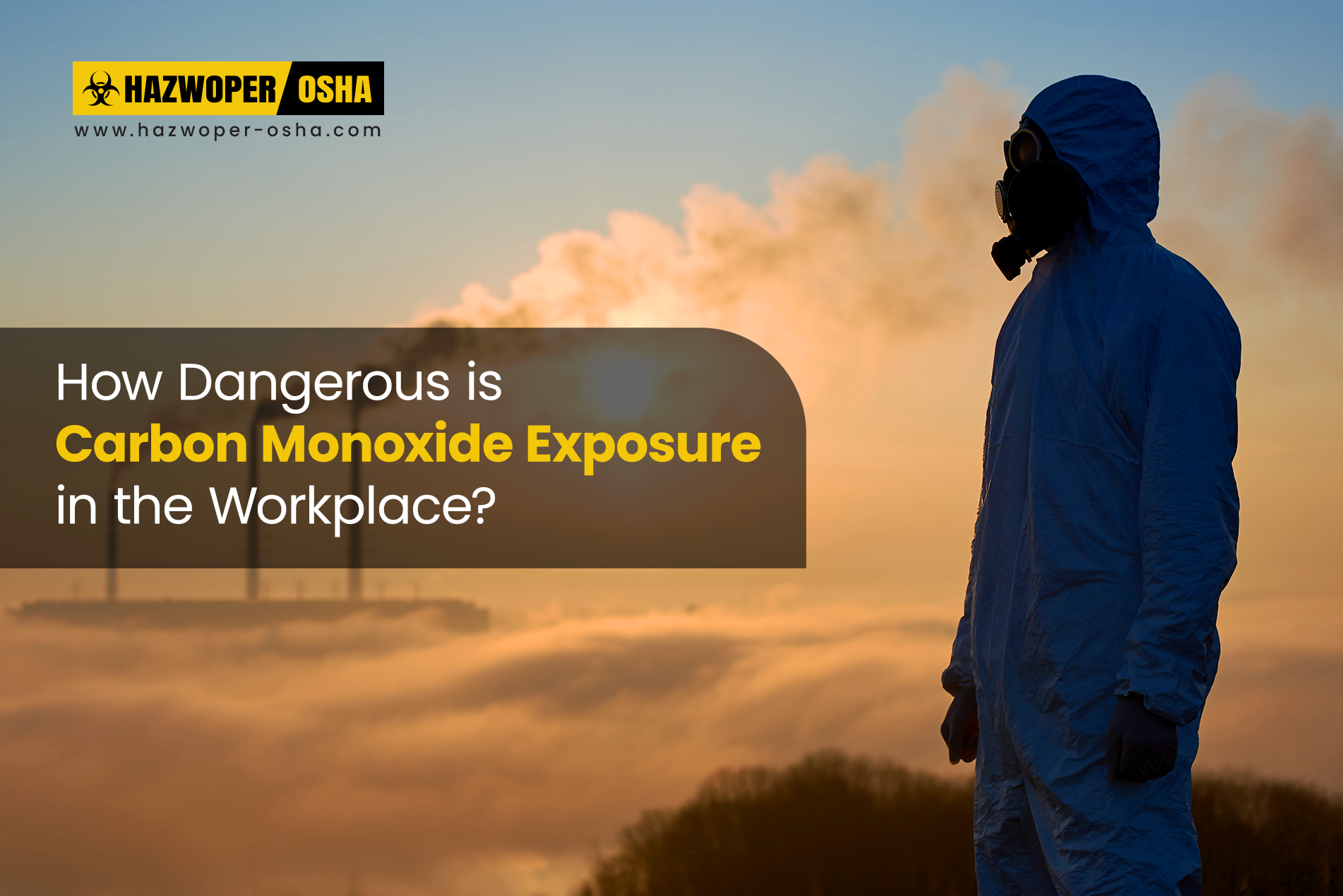Donning and Doffing PPE: Importance of Following the Correct Procedure
PPE or personal protective equipment has become a commonly understood term across global communities today. The high degree of public usage (both physical and verbal) of PPE is attributed to the COVID-19 pandemic that has caused a great deal of upheaval in our everyday lives. We now understand that PPE refers to facemasks, gloves, face shields, and even the protective gown worn over one’s clothing. It is the norm for this type of PPE to be mainly worn by the medical fraternity and emergency personnel. However, COVID-19 had ensured that people working in proximity to other people such as retail workers, customer service personnel, delivery persons, chefs, hairdressers, beauty treatment technicians, etc., are now wearers of these forms of PPE.
However, PPE has a much broader use and encompasses a greater variety of equipment and gear than we realize. So, who else dons PPE while at work, and why do they need to? Also, what type of PPE do these people need to wear?
Who Should Don PPE?
PPE is used across a range of industries and businesses as a safeguard against injuries and death. People who work in jobs that are dangerous and can cause them bodily harm or even cause long-term illnesses need to wear PPE for their safety. Such individuals include people engaged in construction work such as painters, bricklayers, laborers, decorators, plumbers, technicians, engineers, electricians, etc.; laboratory work; mining operations; excavations and trenching operations; hazardous waste management; and manufacturing functions.
These people are compelled to wear PPE as it safeguards them from falls; physical injury to body parts such as the head, eyes, hands, fingers, feet, etc.; contracting a virus; breathing in toxic substances; and generally ensuring their health and wellbeing.
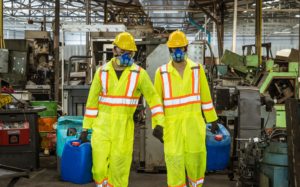

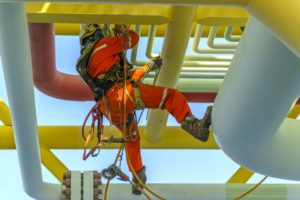
Why Utilize PPE?
PPE is used as a measure or tool to protect the health and safety of employees. It is also part of the Hierarchy of Controls as propagated by NIOSH as part of its Prevention through Design (PtD) program aimed at reducing, preventing, or controlling occupational hazards in the workplace that lead to worker injuries, illnesses, and fatalities.
The Occupational Safety and Health Administration (OSHA), in many of its safety standards, have mandated using PPE when workers are exposed to a wide range of hazards, including:
- falling from heights,
- falling into holes,
- breathing polluted air,
- being struck by a tool or other sharp or heavy object,
- getting debris in the eyes,
- noise pollution,
- when working with hazardous substances,
- when working with hazardous waste,
- when working close to powerlines,
- when working with electrical equipment or heavy machinery, and
- when working in mines and small enclosed spaces referred to as confined spaces.
As you see, the list of hazards is long and endeavors to encompass all types of risks and perils that employees may encounter while at work.
As such, using PPE is not a choice for either the employer or the employee, but a good workplace safety practice for the organization.
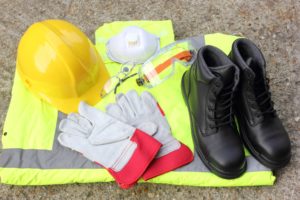
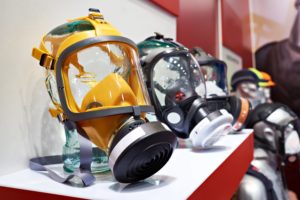

Are there Different Types of PPE?
The simple answer is yes. There are many types of PPE recommended for different types of work in various industries. The different types of PPE are in effect linked to varying hazard exposures and parts of the human body the PPE must protect. Thus, when choosing the types of PPE to be provided to employees, both the hazard exposure and the part of the human body that requires protection against injury, sickness, or accident must be duly and extensively contemplated.
Once a decision has been taken on the type of hazard exposure, then review the body part that needs protection. How will this hazard affect the worker, and what kind of PPE will protect him or her? Is it for respiratory protection, eye and face protection, ear protection, or hand protection; or does the worker need full-body protection?
Therefore, when considered collectively, the range of PPE used to protect workers today is extensive. For example, while we may in all innocence believe a face mask means a surgical mask, a cloth mask, or the N95 mask (a respirator), there are so many other types that it can boggle the mind. The extensive mix of respiratory protection is breathtaking, mainly as different types are used for different jobs and hazards. And with the range and kind of respirators available and recommended for use by OSHA and NIOSH, one must be trained in the art of selecting the right respiratory PPE for the job at hand. The same applies to HAZMAT suits used when people work in operations that expose them to hazardous materials. Read our blog article titled HAZMAT Suits – Levels of Protection for a better understanding of the type of HAZMAT suit required to be donned by an employee depending on the protection level as defined by the EPA depending on the job task undertaken.
 Training to Understand the Requirements and Use of Different Types of PPE
Training to Understand the Requirements and Use of Different Types of PPE
The diversity and extent of PPE required for different hazards, industries, human body parts, and job tasks make it necessary for employees to receive adequate training. OSHA recommends employees receive this training as a combination of classroom training, online training, and field training. All our online training courses offer basic to detailed guidance on PPE usage and requirements aimed at worker safety. Training programs for workers involved in Hazardous Waste Operations and Emergency Response (HAZWOPER), TSDF operations, and RCRA hazardous waste generator operations include separate lessons on PPE requirements, usage, as well as doffing and donning PPE. Our online courses offering awareness training when handling hazardous materials such as bloodborne pathogens, asbestos, and hydrogen sulfide provide limited guidance on the PPE required for safely working with such contagious materials and chemical compounds. The online training programs aimed at educating employees on safe working procedures when working at heights, on scaffolding, and in excavation, trenching, and shoring operations also provide details on the distinct PPE requirements for these fields of work.
 Donning and Doffing PPE
Donning and Doffing PPE
While it is essential to train employees on understanding the types of PPE, it is equally critical for them to know how to don (that is, wear) and doff (that is, remove) PPE correctly. This is because PPE protects the health and safety of employees working in hazardous conditions or with toxic materials. As PPE must protect such workers from various types of hazards, if not worn and removed correctly, then it will not do the job it must do.
When donning PPE, ensure that attachments are fixed as per guidelines while other paraphernalia is utilized correctly. For example, when a person on a scaffold working over the recommended height has not worn his or her personal protective system correctly, then the possibility of injury in case of a fall is much greater. For personnel working in hazardous waste operations and handling other dangerous materials, wearing PPE is more complicated, as the PPE required is more extensive with several regulations to be followed. So, for example, if a worker does not wear the right respiratory protection correctly when handling hazardous substances, then he/she is not going to be safeguarded from breathing in toxic vapors and gases.
Likewise, employees must know how to doff PPE correctly. Different workers wearing different types and amounts of PPE will have diverse doffing guidelines and steps to be followed. The process of doffing PPE is especially critical for personnel working in hazardous operations and with hazardous materials, as their PPE is contaminated and requires to be removed carefully without causing external or indirect and unknown contamination to the worker. It is important to remember to avoid contact with the outside surface of the used PPE. Thus, when removing PPE, the method and order of doffing PPE are crucial for such workers. So, for HAZMAT or HAZWOPER workers who wear many types of PPE—respirators/SCBA masks, gloves, safety boots, self-carry oxygen packs, HAZMAT/chemical-protective suits—it is sometimes difficult to understand what to remove first. Besides, it is mandatory for personnel who have been working in contaminated zones to go through a decontamination process before doffing their PPE. The need for the safe removal of PPE also requires them to ask for assistance from a third person.
Thus, we can surmise that the doffing of PPE is quite complicated. To help demystify the process, we give below the general procedure to follow when HAZWOPER workers take off their PPE.
Step 1: Remove disposable items such as boot coverings or tapes first.
Step 2: Remove safety footwear.
Step 3: Loosen ties and closings and then remove the hood.
Step 4: Remove arms from the sleeves of the HAZMAT suit, carefully, one at a time.
Step 5: Remove the lower part of the suit.
Step 6: Remove respirators, SCBA facepieces, and accompanying backpacks.
Step 7: Remove inner surgical gloves and other protective clothing.
Step 8: Clean the body thoroughly.
To get the complete training on donning and doffing steps for PPE required to be worn by HAZWOPER workers, enroll in our OSHA 40 Hour HAZWOPER online training course and get your required training without delay!

 EN |
EN |  ES
ES























































































































